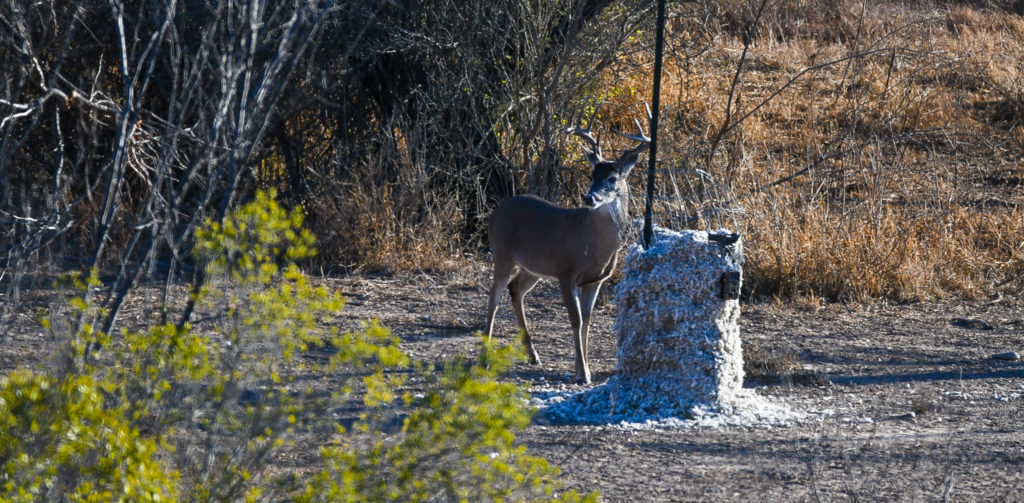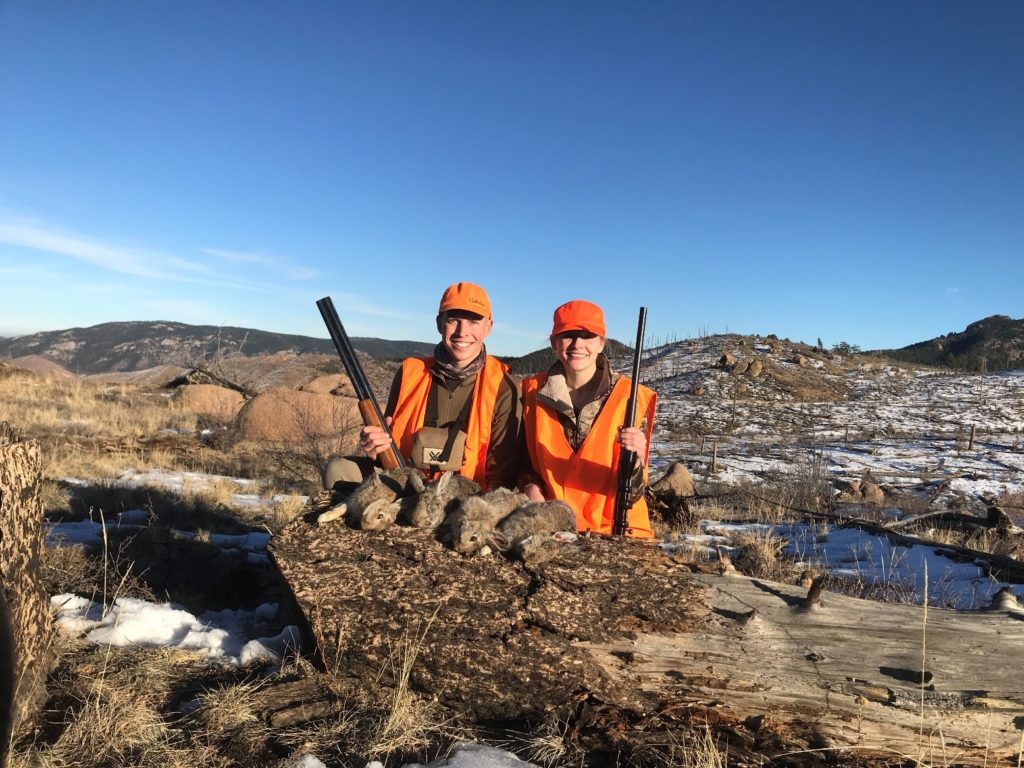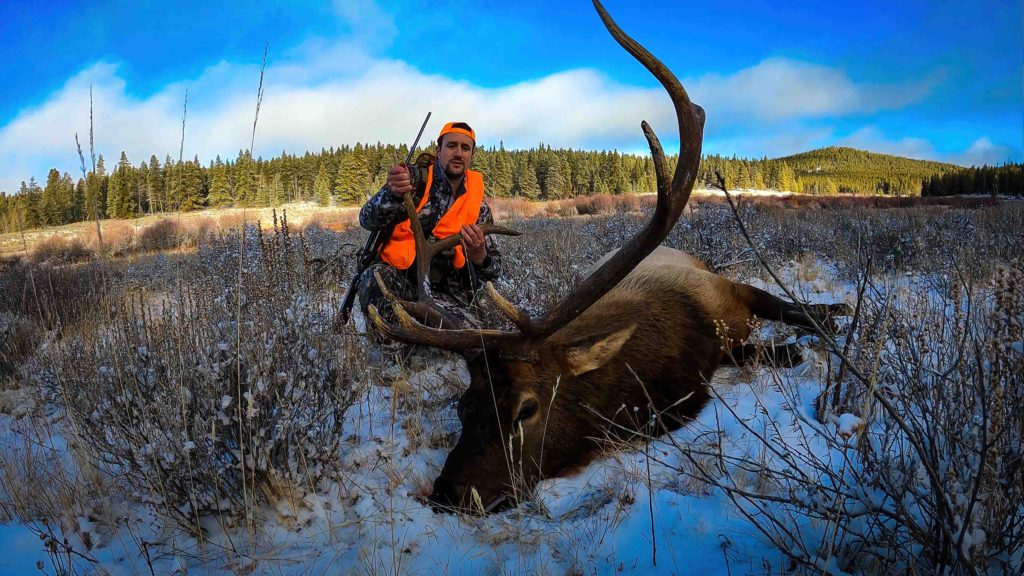With whitetail bucks across the country in the midst of growing their next sets of antlers, now is a great time to discuss antler nutrition. There are three factors that impact how big or small a whitetail rack can get – genetics, age, and nutrition. Depending on the age of the buck, antlers can grow up to an inch and a half per week given nutritional needs are met. That’s why my focus is on nutrition. Specifically, protein and minerals.
Weather Conditions Impact Antler Nutrition
Whitetail deer need protein just like people do. It doesn’t matter if it comes from natural resources or protein feed. On average, a buck needs to consume 16% protein while in the velvet (growing) stage to reach optimal growth. During wet years like this one, with plenty of forage, deer have no problem consuming enough protein to meet this mark. But dry & drought years are another story. A dry spring and summer mean less plant growth, a decrease in plant nutrients, and less optimal antler growth. When this is the case, supplementing their diets with protein is crucial.
Supplemental Protein Options
There is a wide variety of different brands and options on the market today, but AntlerMax is always a great option. Another popular protein supplement to feed is cottonseed. It can have protein levels of 17-26%. All you need is V Mesh fencing and a couple of T-Posts. Keep in mind that feeding protein can be expensive so do what’s best for your wallet.
Another crucial element for antler growth is the need for calcium and phosphorus. The MSU Deer Lab states, “During antler growth, a buck’s antlers receive much of their calcium and phosphorus from a process called mobilization. During mobilization, calcium and phosphorus are “mobilized” and transferred from skeletal sites, such as rib bones, to be used in the production of antlers. The skeletal sites are replenished later through dietary intake.”
This is where mineral licks come into play. They are best used from spring through summer, but specifically June through August. This is a great time to set up trail cameras on these lick sites to see what kind of deer you’ll have. Being a less expensive supplement, you can buy multiple blocks/licks to scatter around your property. Another alternative that costs no money is to create mineral stumps. All you need is a chainsaw!
While genetics, age, and nutrition all play an important part in how big a buck can grow, so do the weather, climate, and health of a mother doe. Doing all you can to provide enough protein and minerals for your deer will help push each individual buck to grow as big as his genetics and environment will let him. If you want to start managing for bigger bucks, start thinking about protein and minerals.
Hunt.Fish.Love.Texas.


